13 Oct How SEO Can Help Your Business Grow
In the current business environment you may question what is the value of SEO when you can reach your target audience through pay per click, let’s look at the difference between the PPC and SEO
What is SEO
Search Engine Optimization is a methodology of strategies, techniques and tactics used to increase the amount of visitors to a website by obtaining a high-ranking placement in the search results page of a search engine (SERP) — including Google, Bing, Yahoo and other search engines.
SEO versus PPC
Pay-per-click(PPC), also known as cost per click (CPC), is an Internet advertising model used to direct traffic to websites, in which an advertiser pays a publisher (typically a website owner or a network of websites) when the ad is clicked.
PPC is the simplest way of being on the first page of a searcher’s results, since it’s either the ad is on the first page or the side of the page depending on the PPC package you have chosen, where as SEO is process of improving your content which causes you to move up organically on the search engine results.
PPC is geared towards more immediate results of customers being able to see your product or service but it can be costly depending on how competitive is the keywords you are you competing for. A good PPC Champaign would be incomplete if a website is not optimized for converting the potential clients that land on the website. So it goes without saying that even if you are focusing on PPC you still need to do SEO to ensure that your potential clients find what they are looking for on your website or you will have a high bounce rate on you website.
SEO is more long-term since you do not see the results immediately, but it has more benefits since your website ranking will be high you have more credibility with people looking for your product or service. Most people generally when they are looking for anything on the web they look at the first page of search results.
Moving up on search rankings
The question that most people with websites ask is how do I move up on my Google rankings? and when people are looking for my website or service will they be able to find me?
The major thing that determines your Google ranking, or other search engine rankings is the content on your website, it’s said that content is king for any search engine to rank you high they look at your content and other aspects such as titles, links, and reputation.
Value of SEO
SEO enable your company to rank high on SERP, as a result that increases your credibility to potential clients, since when most people search for services they generally focus on the first page of results. And they are aware that to be high up on SERP your website is relevant to what they are looking for. Since it is the search engine that is ranking you people are more inclined to believe second party appraisals than just your company starting it
In the current business environment when people look for businesses they search for them on the Internet, so regardless of what industry you are in you cannot afford not to have any digital footprint or you will be at the mercy of other people to the tell your story which might not be the way you would tell it. If you have a website it is in your best interest to tell your our story on the Internet about your services. Just like a pamphlet after you create it you have to get it into the hands of customers, SEO just like PPC enable your service to be found when people are looking for them.
Reference:
http://www.webopedia.com/TERM/S/SEO.html
https://en.wikipedia.org/wiki/Pay_per_click





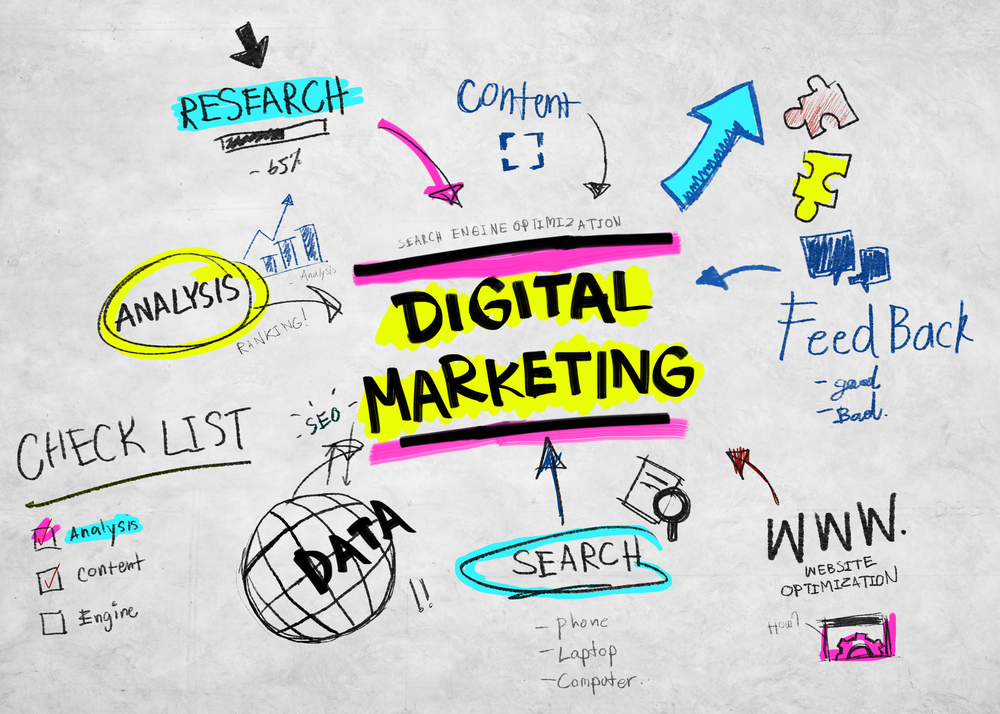





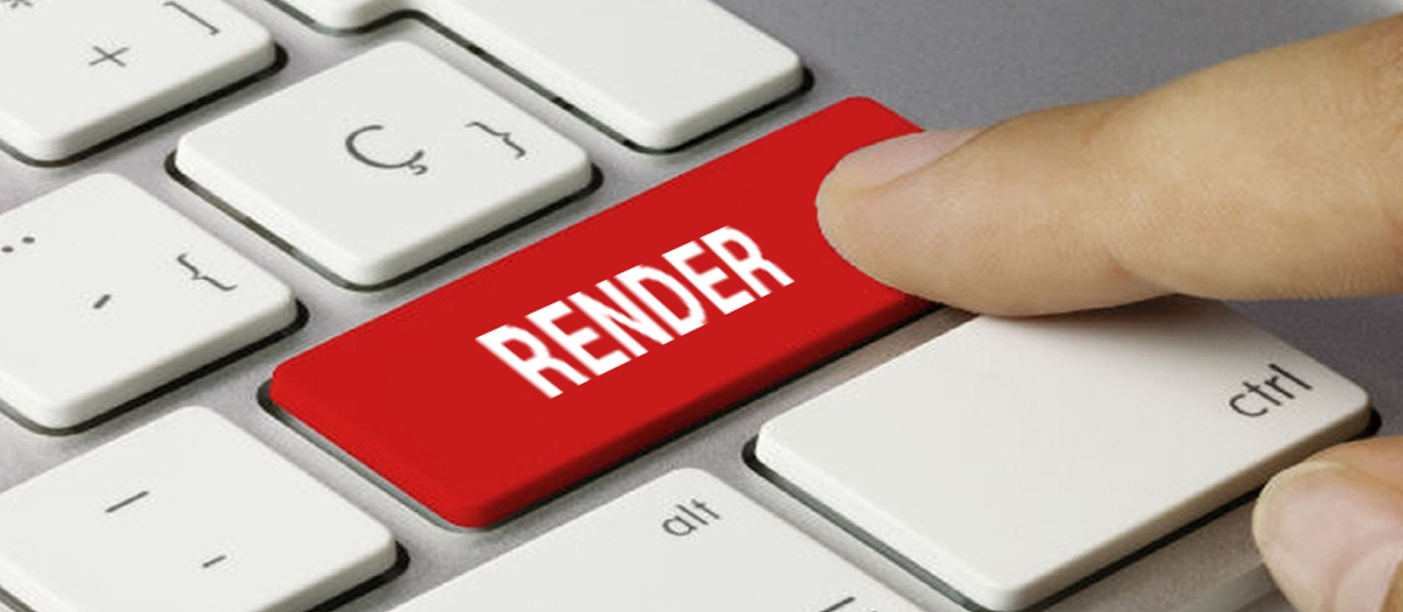
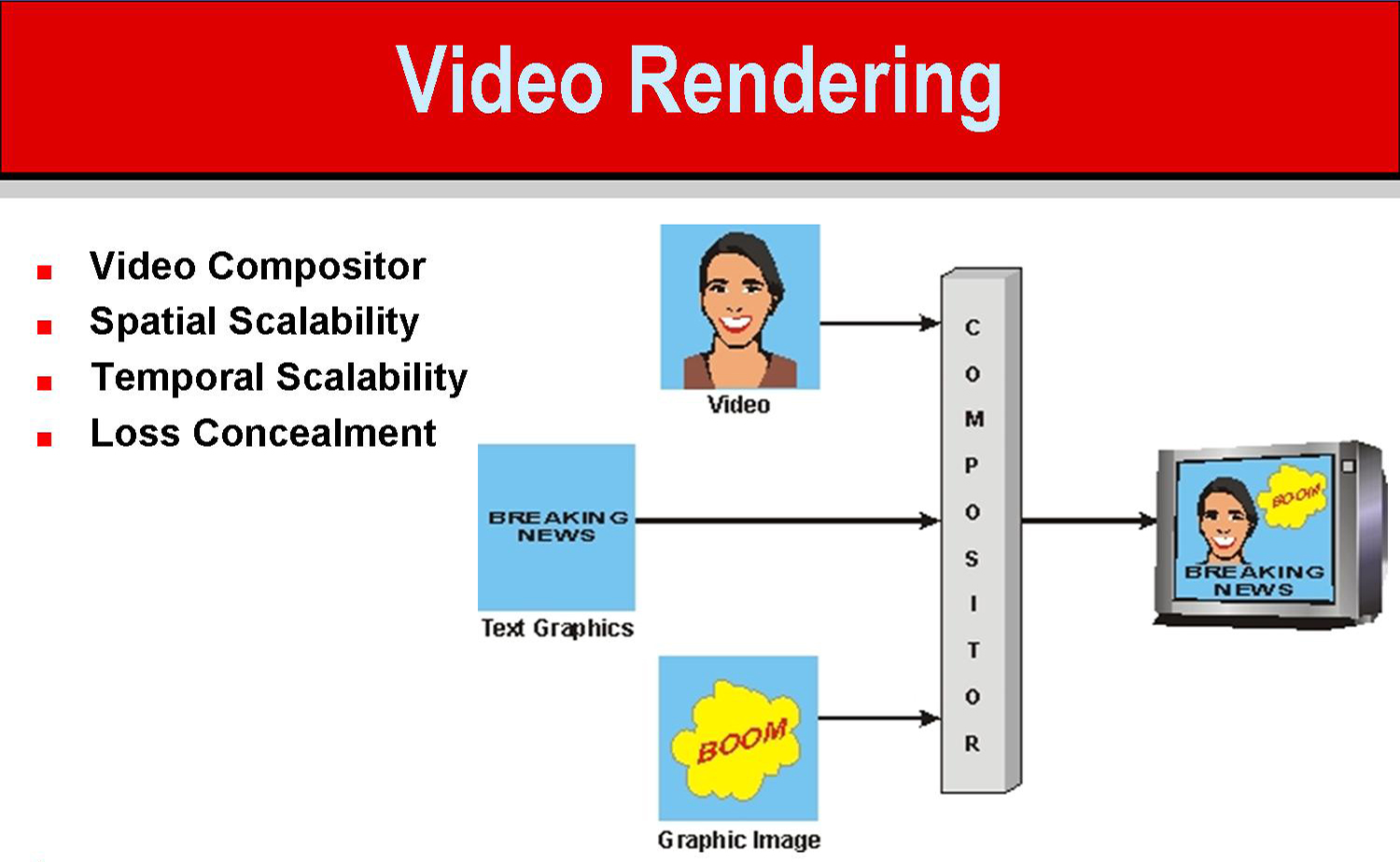

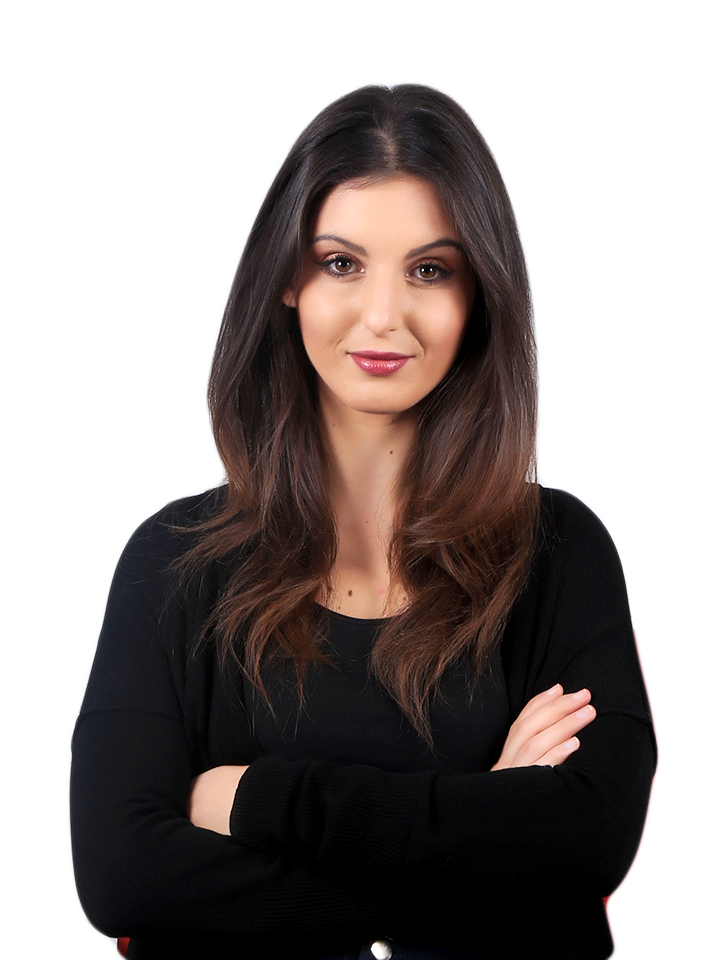






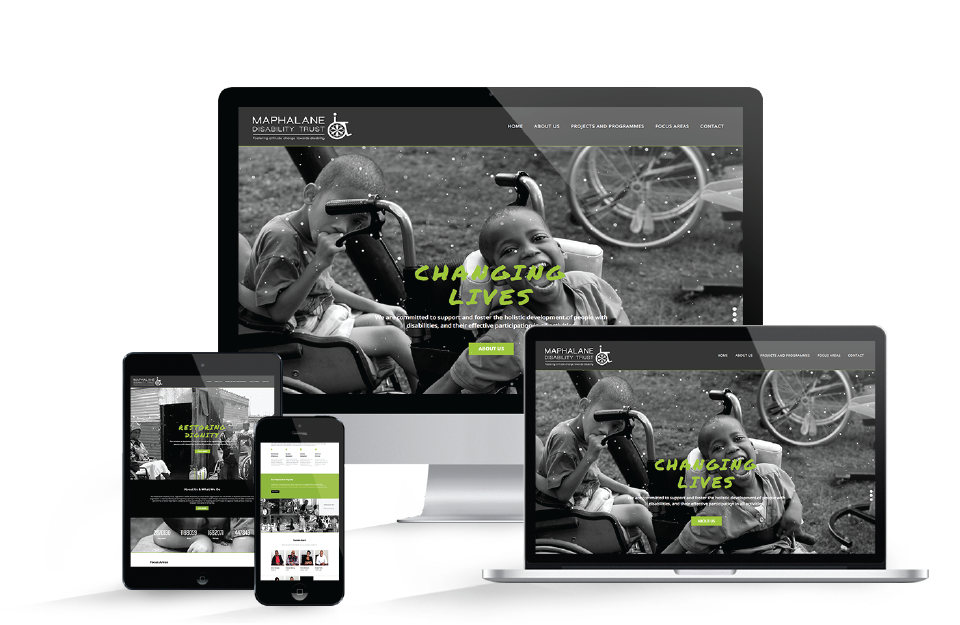
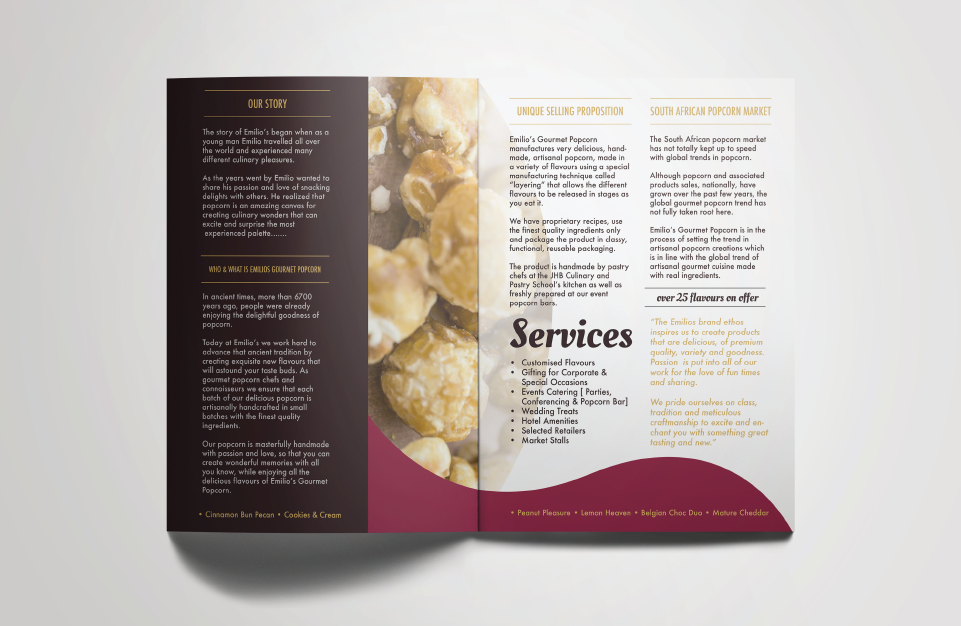





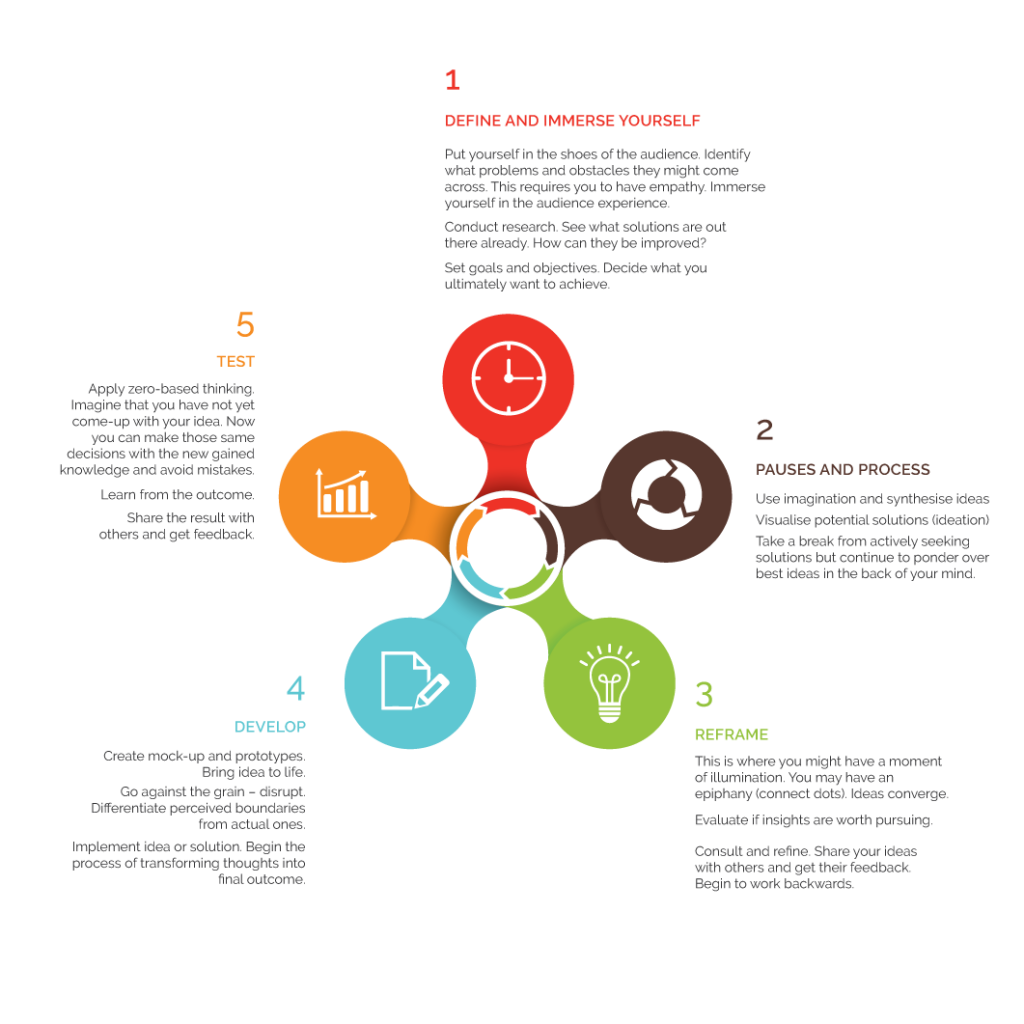


 Good morning Vuyelwa,
Good morning Vuyelwa,
